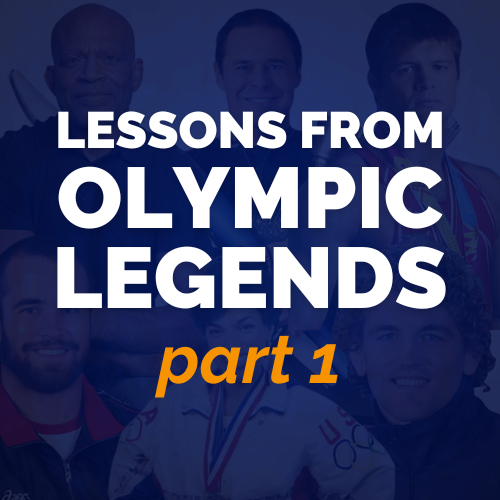When school starts, coaches tend to think about preseason conditioning, this year’s lineup and what kind of technique your athletes need to develop to be successful. After all, you’re a coach, right? Well, that term does not, unfortunately, best describe your role. As the coach of a wrestling team, you are responsible for much more. First, you likely don’t have the personnel or resources that are dedicated to football or basketball. Further, to grow our sport, every coach bears the burden or, better said, shares the opportunity, to be an ambassador of the sport in your community. (I should say that this goes with any Olympic sport. Wrestling is not a victim but rather one of many sports with an opportunity to grow despite challenges).
So you end up serving the roles of equipment manager, facility director, alumni coordinator, procurement officer, and academic coordinator. And oh yeah, as a coach too. One of the most overlooked roles tends to be one that can bring so much success. That is the role of marketing director. Why marketing? To answer this I should start by telling you that I’ve spoken at conventions and coaches clinics across the country and I always ask, “What do you need to be successful?” The responses are always some version of the same answers: better facilities, more support from the athletic administration, greater participation, improved alumni support, increased community involvement and stronger fundraising. When you focus on marketing you are directly addressing your biggest concerns. When you have higher attendance, you drive more gate revenue. When you have more fans in the stands and more coverage in the media, your administration will see higher value in your program. When you have a strong online presence (Facebook, Twitter, Youtube, email newsletter, etc) then you are able to tell your story and build relationships with a community who will support you financially and otherwise. When you raise the profile of your program, you increase awareness, you increase participation and you increase community involvement. So, I implore you to tell your story and to build your brand. To do this you must include marketing in your preseason planning. Set goals for marketing the same as you set goals for your athletes and for your team. For example, “We will double the attendance of our largest dual meet this season.” Then create an action plan for each goal. “We will host an alumni spotlight (which Dr. Cooper addresses here), leverage the collective Facebook communities of all of our athletes, contact all relevant media two weeks before the event and then again three days before the event, etc. ” I’ve written extensively on how to launch a social media fundraising campaign. I call it fundraising through fan-raising. When you cultivate a community of supporters around your program, you will find that your goals become a bit more attainable. But it takes goal setting and an action plan. So take action today. Develop your marketing goals, create an action plan and follow through.



